What does mainstream augmented reality look like? I'm not talking about the stuff you see in concept videos and science fiction films. No. What does it really look like?
If you ask anyone working within the AR space today, the future of AR is wherever the immediately realizable profits are. For most, that means enterprise AR. And they're right. But that's just a temporary state of affairs.
Back in March, the XR Association — which counts Google, Facebook, Samsung, and Sony Interactive Entertainment as members — teamed up with international law firm Perkins Coie, a major group that represents clients in the AR and VR space, as well as in blockchain, Internet e-commerce, and interactive entertainment (clients have included Microsoft, Intel, Amazon, Magic Leap, T-Mobile, Apple, Lucasfilm, LG, Dell, HTC, Lockheed Martin, and many others). Together, the organizations released a survey that tapped the minds of 200 startup founders and executives for their thoughts on immersive technology.
The majority of respondents to that survey (54%) believe that the leading investment target for immersive technology will be entertainment — specifically, gaming. Conversely, only 20% of those respondents picked manufacturing, automotive, education, and military (the usual targets for enterprise AR) as the likely beneficiaries of increased immersive technology investment activity.
Although the survey mixed AR and VR to represent "immersive technology" as a whole (which probably skewed the results toward gaming-heavy VR), the trend lines are becoming clearer. Enterprise is where the best AR hardware and software execution and development is happening "today," but over time, AR is destined for the masses.

The platform choices of the immersive technology professionals questioned revealed additional indicators pointing to a mainstream future. The leading platform survey respondents are developing for is ARCore (34%), Android's mobile AR development environment that only works (for now) on smartphones.
The runner up is Apple's ARKit (20%), which means that the two leading mobile device platforms already account for more than 50% of the AR development focus of leading AR business people.
How does the enterprise-centric HoloLens fare? Just 16% named Microsoft's device as a development target. However, most of those people probably haven't had a chance to sample the HoloLens 2, which is a giant step forward for AR in general. As for Magic Leap, only 6% tagged the device as a development target.
When asked what the biggest obstacles to mainstream adoption of AR are, those surveyed named user experience (hardware, technical issues) and content offerings as the two leading hurdles.
And while VR is currently getting a lot of the immersive computing buzz via movie franchises, an incredibly active hardware and software release environment, and a growing VR gaming community, a whopping 70% of the survey's respondents believe that AR will surpass VR in revenue within the next five years.
All these numbers make it even more clear as to why so many AR insiders are focused on Apple's next move in AR, instead of focusing on high-end headset makers and smaller startups. Hardware and content are two areas Apple has mastered, particularly in mobile. And once Apple launches its vision, it's logical to predict that a new wave of Android opportunities will become viable through the same kind of copying that trailed the release of the mobile industry-changing iPhone.
But when will this reality shifting Apple AR smartglasses device arrive? Well, Apple analyst Ming-Chi Kuo, usually a reliable source of what's coming next at Apple, indicates that the device is already in production on some level.
If true, it might be helpful to look at how the gradual reveal of the Apple Watch occurred. Some of the earliest rumors around an Apple Watch surfaced in 2011. Four years later, in September of 2014, Tim Cook formally announced the device at an official event. The device itself didn't go on sale until the following year, in April of 2015.
Now let's apply that framework and timeline to a potential Apple Glasses rollout.
Apple release announced ARKit in 2017, but rumors surrounding a pair of Apple smartglasses date back as early as 2016. If Apple's product cycle versus leaks dynamic holds, that means we should get an official Apple Glasses announcement either Q4 of this year or at next year's WWDC 2020 (Q2), at the latest. Using those guesstimates, we might expect to be able to buy a pair of Apple Glasses sometime in Q2 of 2021. That's not long at all in the arena of category-defining product releases.
But if Apple's AR smart glasses kick off a new era of mobile AR for both iOS and Android users, what will become of all those higher-end AR (mixed reality, spatial computing, etc.) headsets?
For Magic Leap, a company still mostly shrouded in mystery, even after the long-awaited release of its Magic Leap One, the future is still unclear. The company claims that it has a more consumer-oriented "Magic Leap Two" device in the works that will support AT&T's 5G network. There's no date attached to that claim, but the hope from many is that it will be smaller, cheaper, and more competitive with the features offered in the HoloLens 2.

However, the recent appearance of the Magic Leap One on AT&T's website as a product consumers can buy "today" has sent a confusing message: Why sell a relatively bulky, developer-centric device that isn't designed for outdoor, mobile use on a fully mainstream wireless service website if another, more consumer-friendly version is coming soon?
Because of that aggressive sales decision, and the still relatively small community of Magic Leap developers, the indication is that it may be some time before we see a consumer version "Magic Leap Two."
And even then, assuming it's smaller and cheaper, Magic Leap would still need to get its announcement out before Apple takes over the spotlight with Apple Glasses. But time is running out on that window, so Magic Leap's best bet is to try to become the Pepsi to HoloLens 2's Coca-Cola in the enterprise AR space.
The most exciting thing about the HoloLens 2 is that, while it isn't well suited for mainstream adoption, it's such a great overall experience, we shouldn't be surprised to see it begin to pop up at amusement parks and other location-based entertainment facilities. The eye tracking and hand tracking on the HoloLens 2 are so stable and smooth, and the new hardware is so comfortable, game developers and major IP owners may not be able to resist diving into what is currently the best AR experience on the planet.

Nevertheless, long-term, in about five to 10 years, it's likely that even enterprise customers will move over to Apple and Android AR wearables due to the smaller form factors and software support networks of both.
Therefore, based on all the evidence and indicators available, the best path forward for non-enterprise focused content creators, and any service providers using mobile apps today is to begin developing and testing your AR apps "now."
Whether you're focused on iOS, or Android, or both, the time to begin working on these mobile AR solutions, which require completely new interface and user experience dynamics, is today. If you decide to wait until Cook hits the stage and announces Apple's "one more thing," you'll already be late to the party.
Perception: It will take 5 to 10 years for augmented reality to become mainstream.
Next Reality: Apple lights the Apple Glasses fuse in early 2020, 2021 is AR's big bang moment as lighter, mobile smartglasses explode on the world stage.
This post was created as a part of our Future of AR series. View the whole series.
Just updated your iPhone? You'll find new emoji, enhanced security, podcast transcripts, Apple Cash virtual numbers, and other useful features. There are even new additions hidden within Safari. Find out what's new and changed on your iPhone with the iOS 17.4 update.
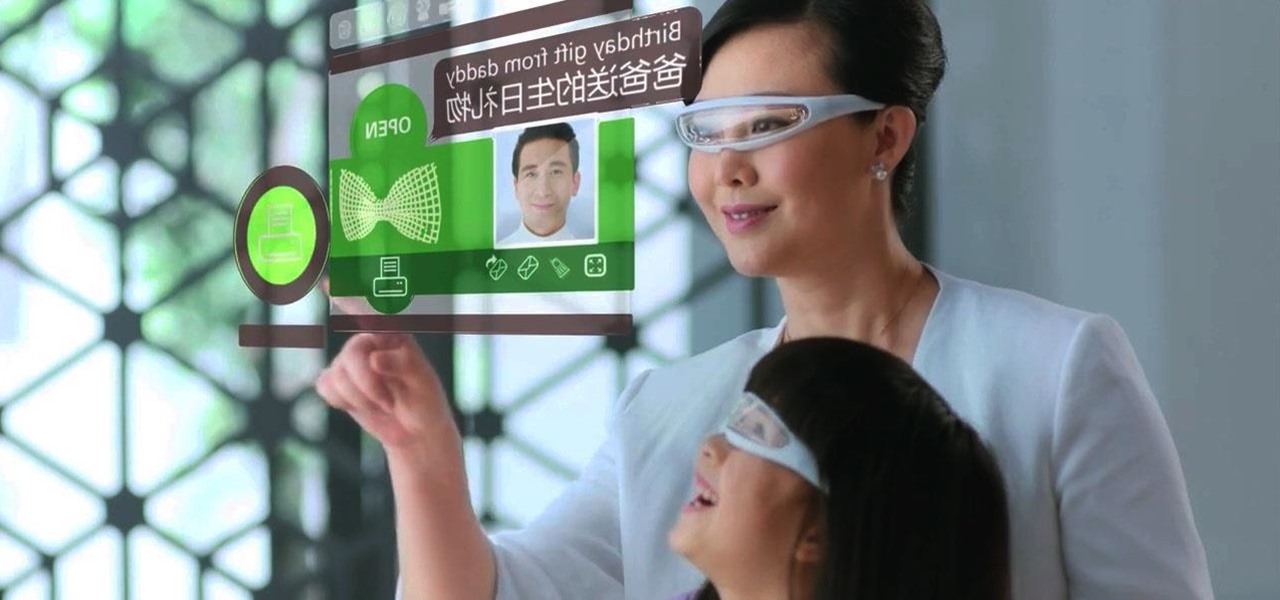







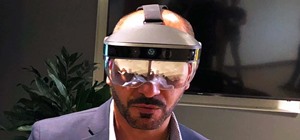




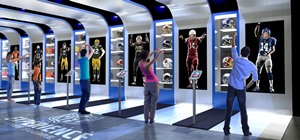






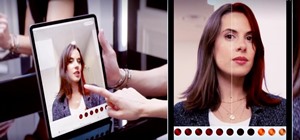


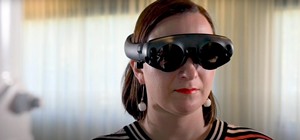

Be the First to Comment
Share Your Thoughts